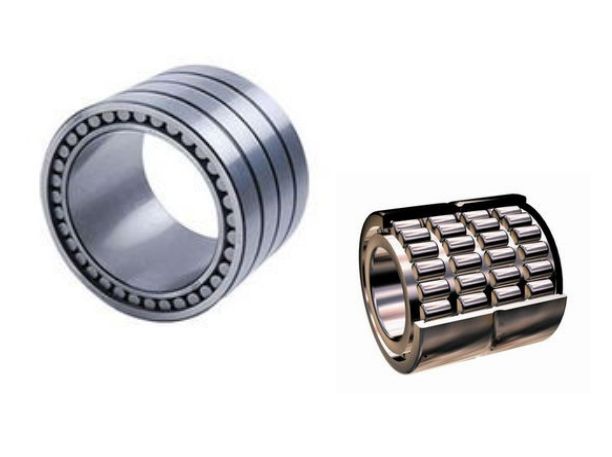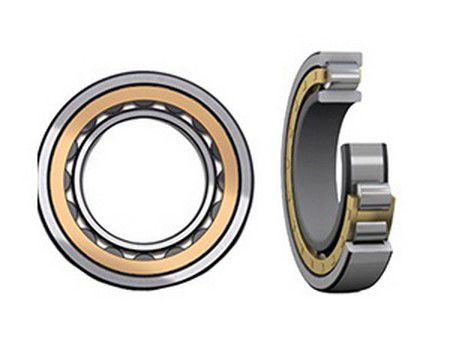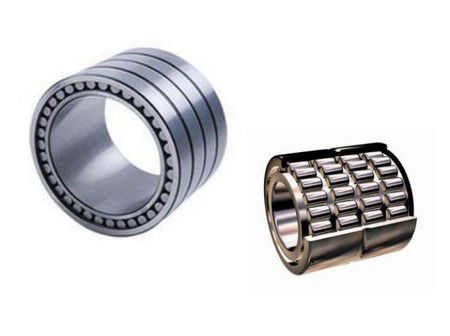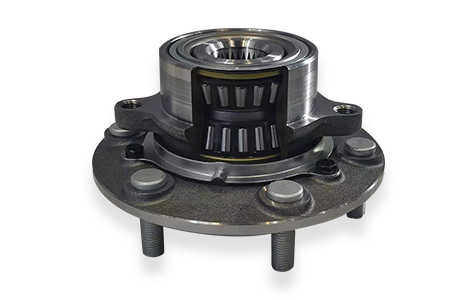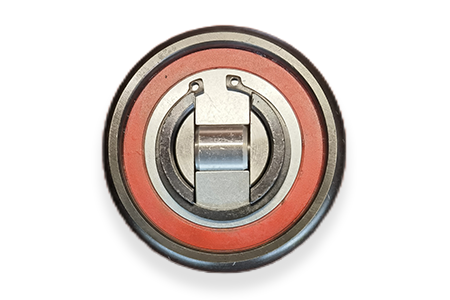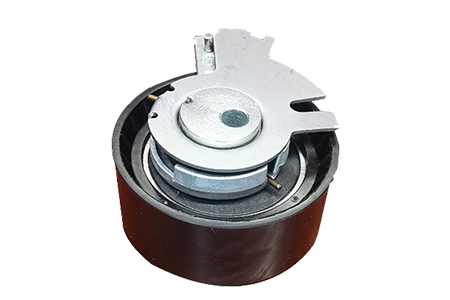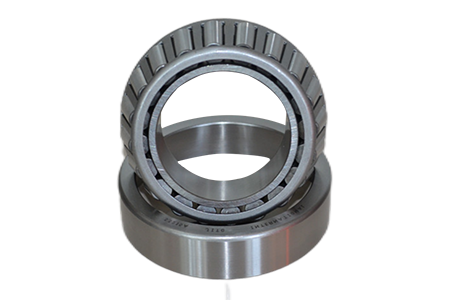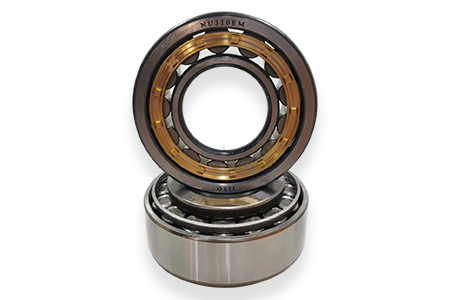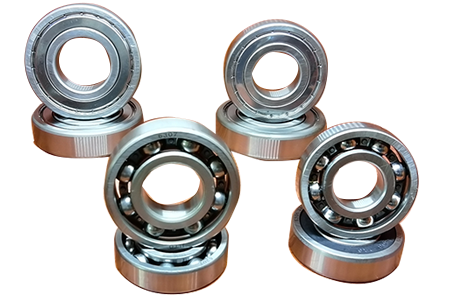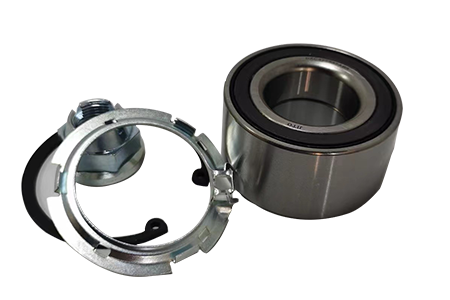Four Row Cylindrical Roller Bearings
Four row cylindrical roller bearings feature four rows of cylindrical rollers arranged between the inner and outer rings. Typically comprised of two double row cylindrical roller bearings, these bearings support heavy loads and high-speed rotation by the relative movement of the inner and outer rings. These bearings possess high load-carrying capacity and rigidity, capable of withstanding large radial and axial loads while maintaining good operational stability and durability.
- Material: Chrome steel GCr15
- Precision: P0, P2, P5, P6, P4
- Clearance: C0, C2, C3, C4, C5
Four row cylindrical roller bearings are widely used in various heavy machinery and large-scale engineering projects, such as metallurgical equipment, mining machinery, rolling mills, and cranes. Their primary applications include the steel and metallurgy industry, mining sector, steel rolling mills, port terminals, shipbuilding, and lifting and hoisting operations.
In these fields, four row cylindrical roller bearings provide reliable support and rotational assistance, ensuring stable operation of equipment under high loads and speeds, thereby providing essential assurance for the smooth progress of engineering projects.

What is rolling bearings?
Rolling bearings employ a cylindrical roller design, which, compared to ball bearings, allows for the distribution of loads over a larger surface area. They are often more suitable for heavy-load applications.
What are the advantages of cylindrical roller bearings?
Cylindrical roller bearings offer outstanding performance, reliability, and longer lifespan. Theis bearing is tailored to meet the rigorous demands of heavy-duty applications, ensuring efficient machine operation and reducing downtime.
What are rolling bearings and why are they important?
Rolling bearings are mechanical components designed to reduce friction between moving parts and facilitate smooth motion in machinery. Unlike sliding bearings, rolling bearings use cylindrical, needle, or tapered rollers to carry and distribute loads. This rolling action minimizes friction, heat, and wear, making rolling bearings crucial for efficient operation across various industrial applications.

